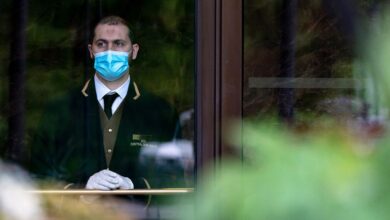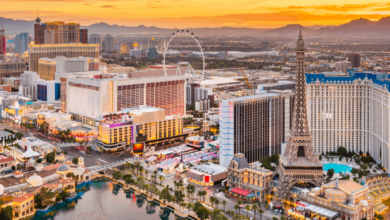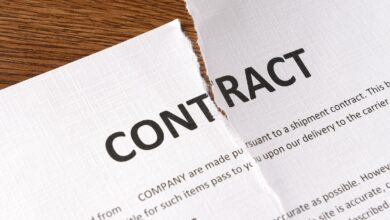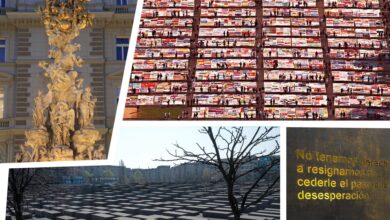21 Questions With Architect Suchi Reddy
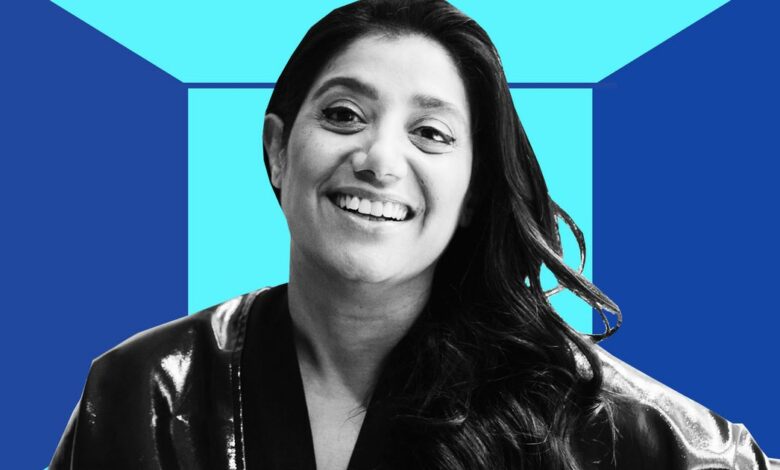
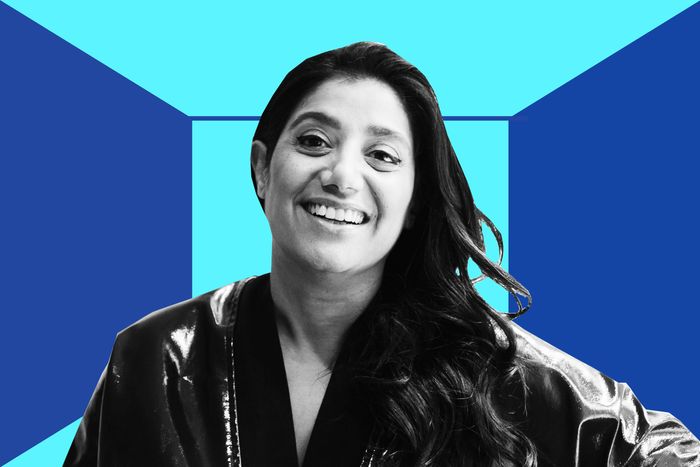
Photo-Illustration: Curbed; Photo: Chloe Horseman
New York‘s “21 Questions” is back with an eye on creative New Yorkers. Suchi Reddy, founder of the firm Reddymade Architecture and Designhas designed stores for Googlea public-art installation in Prospect Parket un minimalist house with Ai Weiwei. Her work explores how the study of neuroaesthetics may make architecture more pleasurable, which her recently published book, Form Follows Feelingexplore.
Name: Suchi Reddy
Age: 54
Neighborhood: Greenwich Village
Occupation: Architect and artist
What’s hanging above your couch?
I have a print of Bruce Nauman’s ClearVision. It’s an artist’s proof. The words are written backward on the print, so I have a mirror on the wall across from it so I can read it. The idea of “clear vision” is something I always want to cultivate and have. This is the second work of art I purchased, and I was drawn to Nauman because he spans so many genres, from painting to conceptual art.
What’s the first job you had in New York?
My first paying architectural job was at Buttrick White & Burtis. I worked on the façade of a church on the Upper East Side and some employee spaces in the Frick.
What color are you always drawn to?
Green. Part of it is because of this love affair I have with New York State. Every time we go through winter and the leaves start to come out, I take as long a drive as possible upstate to see the range of green hues. I open my eyes really wide and just absorb the color. I think it’s a color of promise. I love the tones of green that are chartreuse and yellow because they represent nascency.
What art or artifact are you most surprised you own?
I generally don’t hang on to things that feel atypical for me, but the most surprising thing I own is a terra-cotta chicken that was given to me as a present by a design gallerist whose eye I appreciate incredibly.
Which New Yorker would you want to hang out with?
I’ve been reading Amitav Ghosh’s new book, The Nutmeg’s Curse: Parables for a Planet in Crisis, and I would love to get to know him. I’ve been a fan of his writing for many years and appreciate how he looks at Indian history from a natural-history perspective.
What’s the last thing you made with your hands?
I made a watercolor drawing yesterday for a sound installation we’re planning. I’m a veteran finger painter.
Is there one thing you own multiple versions of?
I have multiple Rick Owens T-shirts. The fabric is particularly wonderful, and I think it’s so interesting that it takes a very simple form and manages every time to make it different. For me, that’s very inspiring as a designer.
Which New York City museum do you always go back to?
The Whitney, particularly when it was in the Breuer building, because I loved that juxtaposition of our architecture and art. I think the new Whitney does the same thing, actually. I like how I have a sense of the art in context to the city.
What do you always have next to your computer?
I have some very ancient technology called drafting dots next to my computer. They’re little adhesive dots that I use when I sketch to keep the paper from moving. There’s an element of scale that gets lost when one works solely digitally. I’m very much on this physical-digital blend, and we really have to better understand how to use both. I’ll draw something, scan it, draw over it, add something on the computer, and rework it by hand. The thinking is very direct from the brain to the hand.
Where is the best view of the city?
Lately, I’ve been enjoying the view from the highest point on Little Island, toward the very back, left-hand side. I like it because it’s an unusual view. You don’t often get to see the skyline and the water around it from Manhattan, except for when you’re on a boat.
What building or object do you want to redesign every time you see it?
I feel like I have to go around the city with my eyes closed because there are a lot of things I want to change. But the most egregious one is Hudson Yards. I actually wasn’t opposed to the idea of Hudson Yards because the city tends to create densities in different places. To some degree, that’s the beauty of New York: It creates neighborhoods that are about a specific thing. The problem with Hudson Yards is I don’t know what it’s about, really, other than just a conglomeration of tall buildings. I’m not really clear about what goes on there. It doesn’t relate at ground level in a meaningful, inviting way.
What’s one thing you would change about your field?
I would change equity and diversity in the field. I would change the opportunities that are available to make public projects. It’s always an invited list, and that list is always spoken for. And it leads us to another polarizing place where now we’re going after people who have been historically left out. We should just set up a system where opportunities are more open. We would see much better work and more interesting collaborations.
If you could live anywhere in New York City, where would it be?
I love my neighborhood, and I’m happy I ended up here. I’m on lower Fifth in a micro-apartment that I’ve lived in for 14 years. I don’t feel the need for a larger space. I love the proximity to Washington Square Park, which is one of the city’s best public spaces for its vibrancy, design, and all the different populations that really can find a home here.
What would you watch if it stopped being produced?
I would hoard tracing paper. I use white paper—never yellow—from Alvin. I like to layer over my ideas and make iterations. It offers this ability to create this palimpsestic record of how an idea develops.
What do you do to get out of a creative rut?
I go for a walk, generally around my neighborhood, or I do something completely different. Usually it’s listening to music, reading about physics, or watching a movie. The last one I saw was Drive My Car. Murakami is one of my favorite writers ever.
Where was your first NYC apartment, and how much was the rent?
It was on 15th Street between Seventh and Eighth Avenues. It was a third-or fourth-floor walk-up, and I shared it with a roommate. I think our rent was $1,500 total.
Where in the city do you go to be alone?
I have a meditation space in my office. I also go somewhere where I can look at the water. I’ll usually walk straight over to the piers — whichever pier — and go look at the river.
What’s the worst piece of career advice you’ve ever gotten?
Just suck it up and stay where you are. It wasn’t those words exactly, but the intent was, If you’re dissatisfied with the corporate structure, there’s not much you can do about it. So why don’t you just learn to live with it? At the time, it didn’t feel like the worst advice in the world, but when I look back on my trajectory, it has not been about following any of the kinds of rules that firms generally follow; it’s been taking the boat along the river as the wind goes.
What have you given away to someone that you wish you could get back?
I’m generally pretty good about this sort of thing. Though I lent a friend an album of mine a long time ago. It was Last Day on Earth, by John Cale and Bob Neuwirth. I miss that CD and wish I could have it back.
What’s your favorite NYC restaurant and regular order?
It took me a while to realize I had a routine of going to Omen, a Japanese restaurant in Soho, every Tuesday. I had this ritual where I would go to the bar across the street from it and order a martini with a hot pepper, then go to dinner at Omen after. I went in one day, and the bartender whom I’m friends with said, “It’s Tuesday. I knew you were coming.” My order is miso cod, shiso rice, and Japanese pickles. I’m really glad the restaurant survived the pandemic, though it’s sad that their owner just passed away.
What descriptive phrase do you want on your obit headline?
“She saw all the beauty that she could take in.”

